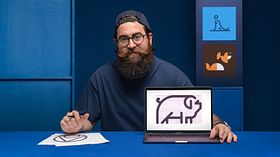Logo Design: Graphic Simplification and Minimalism
Course final project
A course by Rubén Ferlo , Graphic Designer and Art Director
About the final project for: Logo Design: Graphic Simplification and Minimalism
Logo Design: Mastering Graphic Simplification
“Now we have reached the end of this course. I hope that the content has been useful to you and with everything you have learned, you will embark on this beautiful methodology of graphic synthesis to build simple and memorable logos and brand identities. Next, let's briefly review the process to follow to develop your final project. Make the list of attributes and sketch your animal Select several images of the animal from which you will make the graphic synthesis. Next, try to get those interesting characteristics about the animal from each image and generate the list of attributes with those characteristics. Remember the importance of having that list always present. Then it's time to sketch, one of my favorite moments! Grab a pencil and paper and unleash your creativity. Start sketching with the attribute list in front. Sketch without fear of being wrong, sometimes from a mistake comes a great idea. Start by sketching, for example, the side view and continue with the front view and make variations of each of the parts as I have done with the legs, ears and muzzle. In my case, the briefing required that the pig should be whole, but I allowed myself the luxury of going further and sketching just the head as well, the case is to try and test. When you like a sketch mark it as a possible candidate. Once you have two or three marked sketches you can move on to the next phase, vectorized.
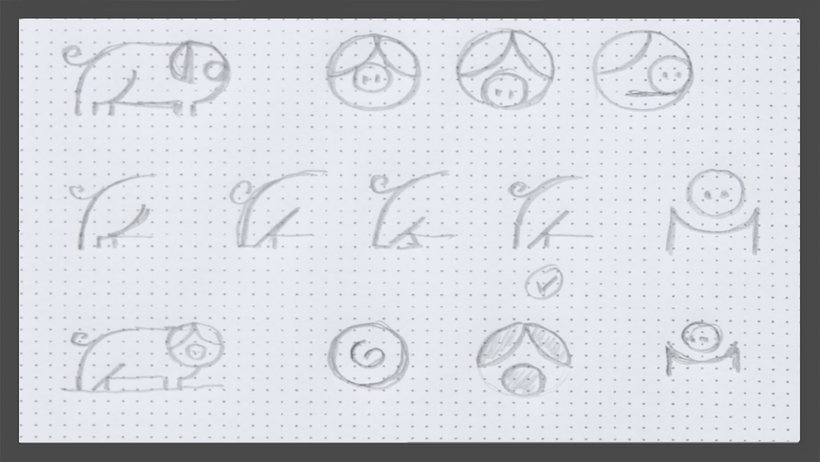
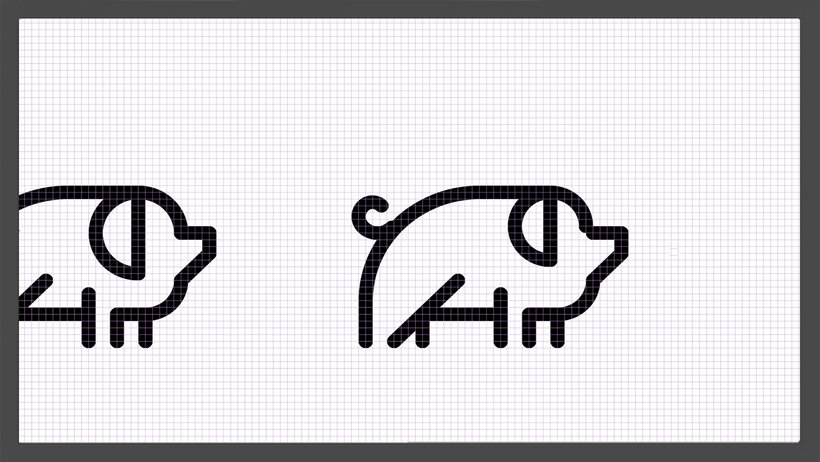
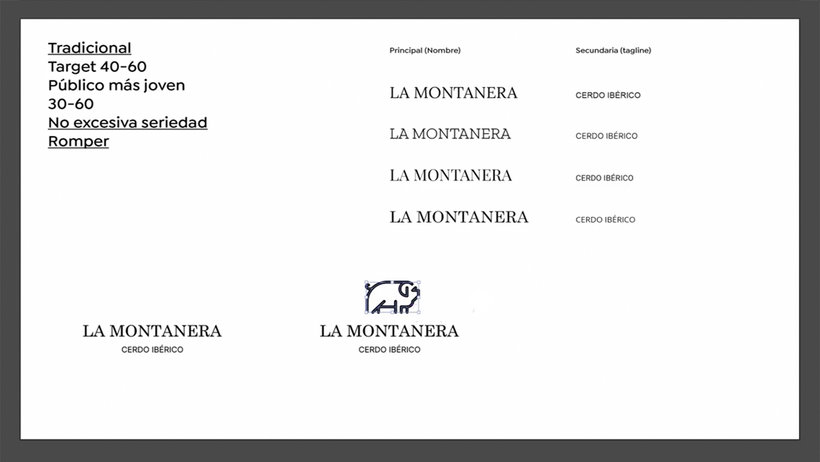
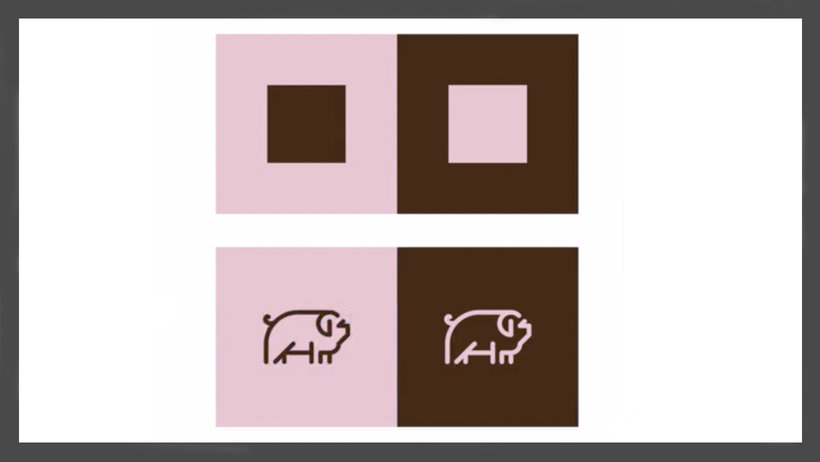
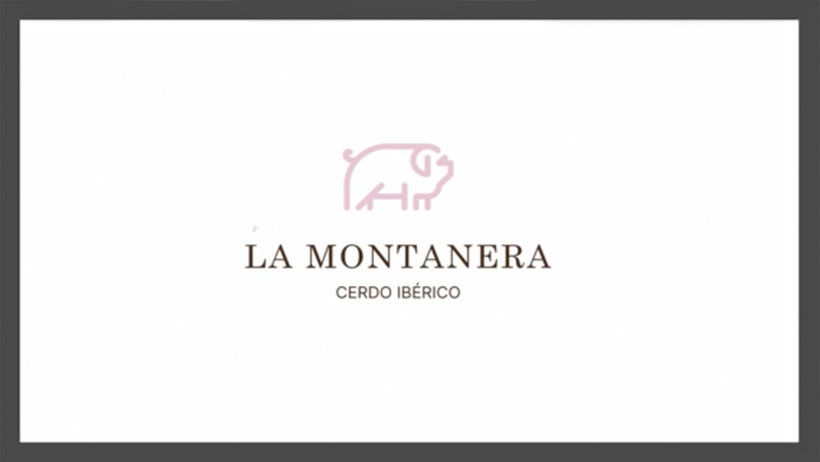
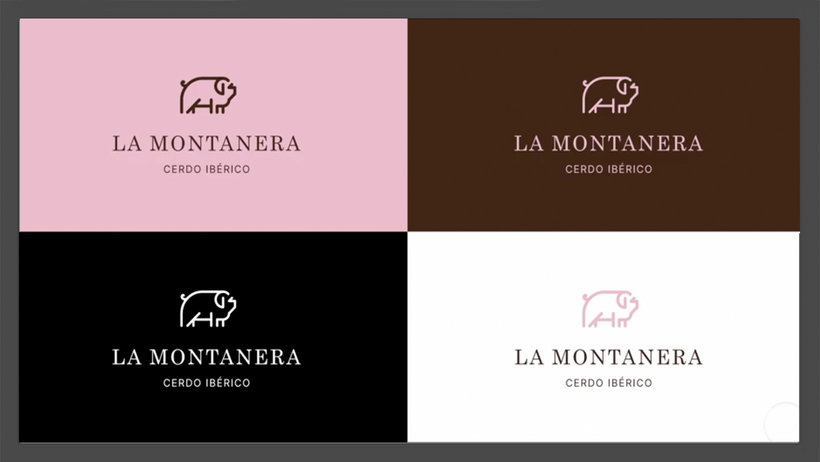
Partial transcription of the video
“Final project Now yes, we come to the end of this Domestika course. Thank you very much for getting here. In my case, I have chosen as the final project of the course the logo of a pasture applying the graphic syntheses on a pig. You must choose which logo you want to create performing the graphical synthesis. When you've decided answer the questions of your client's briefing, real or imagined, and defines the basic ideas for the conceptualization of the project. Then generate a mood board and a list of attributes and begins to sketch. The next step will be to vectorize those sketches until...”
This transcript is automatically generated, so it may contain mistakes.
Course summary for: Logo Design: Graphic Simplification and Minimalism
-
Category
Design -
Software
Adobe Illustrator -
Areas
Branding & Identity, Design, Graphic Design, Logo Design

Rubén Ferlo
A course by Rubén Ferlo
Rubén Ferlo is a graphic designer specialized in logo design and brand identity. He’s a meticulous design problem-solver, a lover of grand ideas and their little details.
He has over eight years of experience designing logos and is passionate about minimalism and reductionism, which is his signature style as a designer.
He has worked for clients in the USA, Australia, Middle East, and Russia, for both startups and major companies.
- 99% positive reviews (650)
- 12,004 students
- 15 lessons (2h 3m)
- 20 additional resources (9 files)
- Online and at your own pace
- Available on the app
- Audio: Spanish, German, English, French, Indonesian, Italian, Dutch, Polish, Portuguese, Romanian, Turkish
- Spanish · English · Portuguese · German · French · Italian · Polish · Dutch · Turkish · Romanian · Indonesian
- Level: Beginner
- Unlimited access forever
Category
Areas





